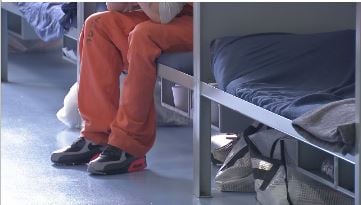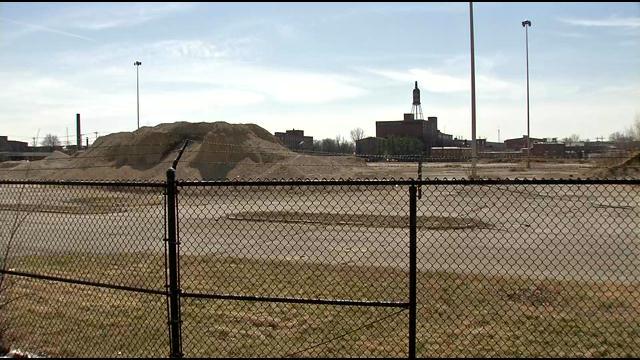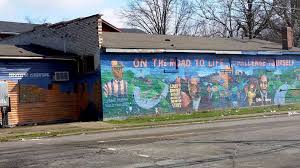Organizing one-on-one – a conversation that one person schedules with one other person in an organizing context – works, but, as Mariame Kaba says, if you’re preaching organizing, show the receipts from when it worked. So here goes:
Receipt #1: Last week, I had a 1-1 with a white leader to talk about my organization’s new healthcare issue. First, I asked her about what privilege she had related to healthcare, and she had this eloquent statement about having good insurance because of having education and a job with good benefits, “but so many aren’t so lucky.” All 100% true, all coming from a 100% good place. 0% new information.
I wasn’t going to motivate her to step up more based on something she already knew: I needed to push her to see herself in a new way. So after the privilege thing, I asked how she is harmed by our healthcare system, and she had no idea what to say. No idea. I will not tell the details of this 1-1 to respect her privacy, but here’s the spoiler: she is harmed. She is a victim of a crappy healthcare system just like the rest of us. But it was hard for her to say that, because no one likes seeing themselves as a victim.
I have tried this on myself, family, friends, and other organizers. All of us easily talked about the advantages we’ve had, and all of us tried every trick in the book to get out of telling stories about when we felt like a victim, when we feel scared and angry and hopeless.
NO SHIT. Who likes talking about when you were a victim? I like talking about when I’m awesome and productive and #blessed. Isn’t it just easier for us white people to let the people of color do the work of being victims and send them a check?
Receipt #2: Last year in Louisville, we started challenging people in 1-1s about their own stories around affordable housing, not just how sad homelessness is. That was work. At first, no one – black or white – wanted to talk about their housing problems: embarrassing stuff about their adult kids living in their basements, affording assisted living, crime in the neighborhoods that they had lived in their whole lives.
As of today, we’ve collected 500 stories about affordable housing from across the county. All of a sudden, if you had an adult kid in your basement, you knew a dozen other people who did, too. So that experience of telling your story wasn’t one of complacent privilege, and it wasn’t one of embarrassment. It was one of anger: at a city who would let an affordable housing crisis spiral this far out of control.
We told those stories, over and over again, at our congregations, to our public officials, to the media, and we won $2.5 million for our Affordable Housing Trust Fund. And we’re going back this year for $10 million annually, because our people – black and white – were in no way satisfied with $2.5 million. They had too much skin in the game.
(Editor’s note: With this, Anne joins other organizers to launch a series on organizing by organizers, where we will collect and share organizing and organizers’ experiences as well as skills. In her next intervention, Anne will explain what exactly a one-on-one is. If you want to share your experiences as an organizer or explain a key organizing skill, contact Dan Moshenberg)
(Photo Credit: Center for Community Change)




